Festivals in Iran reflect the country’s deep-rooted Persian traditions and strong sense of community. These celebrations are filled with traditional foods, family gatherings, music, dance, poetry recitations, bonfires, and lively street fairs. Festivals in Iran offer a rich cultural experience shaped by thousands of years of heritage. Visiting during these festive times is a great way to connect with local customs and enjoy the country’s warm hospitality. It’s a beautiful window into the soul of Iran.
10 Of The Best Festivals In Iran
Here is a brief list of some of the most enhancing festive celebrations that engulf Iran. A glimpse of these festivals is a must-try for the immense cultural and historical significance.
1. Yalda

Photo: katetrysh / Pixabay / Image For Representation Only
Yalda Night is celebrated on the winter solstice, the longest night of the year, marking the start of winter and the return of longer days. Families gather, often at the home of the eldest member, to enjoy food, read poetry, and celebrate until dawn. Fresh fruits, nuts, and traditional dishes like Fesenjan are shared. A key tradition is “Fal-e Hafez,” where wishes are made and poetry is read for reflection. Today, the celebration is observed across the country, from small villages to major cities near airports in Iran, bringing communities together in a shared cultural spirit. In 2022, UNESCO recognised Yalda as a cultural heritage.
Location: Kashan, Yazd, Birjand
2. Nowruz / Persian New Year
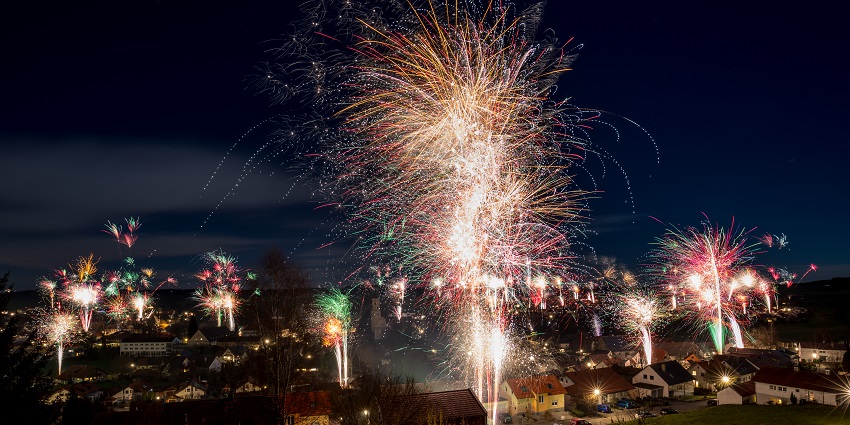
Photo: Andreas Weith / Wikimedia Commons / Image For Representation Only
Nowruz is a lively thirteen-day celebration marking the Persian New Year, which begins on the spring equinox in March. Streets come alive with decorations, and families clean their homes and prepare festive meals. A key tradition is the haft-sīn table, featuring seven symbolic items starting with “s” – like apple, garlic, sumac, and sprouted wheatgrass. On the Tuesday before Nowruz, people jump over bonfires in a fun ritual called Scarlet Wednesday.
Location: Tajrish Bazaar, Darband
3. Eid-e Ghadir
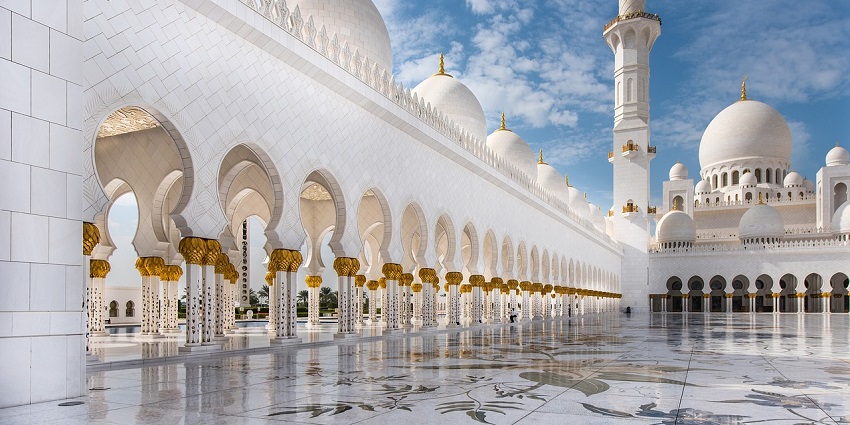
Photo: jpeter2 / Pixabay / Image For Representation Only
Eid is one of the most important festivals in Iran, celebrating the appointment of Ali ibn Abi Talib as the Prophet Mohammad’s successor. The streets come alive with lights, music, and joyful gatherings. People share food, dance, and take part in public events. Nazri, or charity food like saffron rice pudding, is offered as a symbol of kindness. Many also visit Imam Ali’s shrine on pilgrimage. It’s a time of celebration, reflection, and even weddings within families.
Location: Ferdowsi Square, Azadi Square, Hossein Square
4. Sizdah Bedar
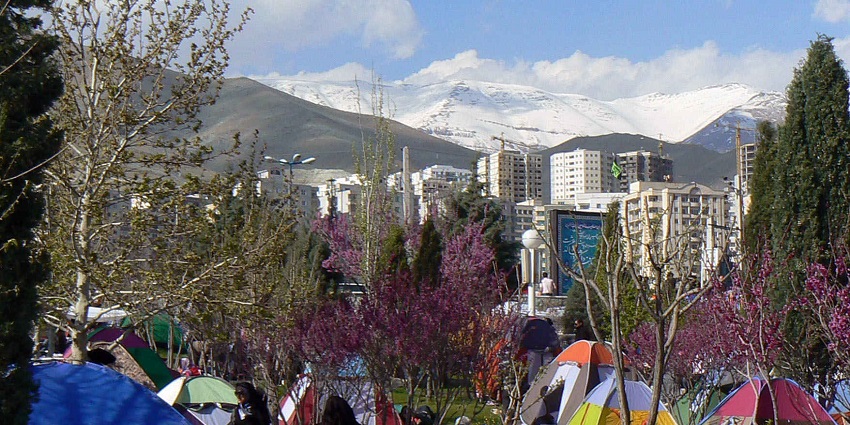
Photo: سعید / Wikimedia Commons
Sizdah Bedar is celebrated on the 13th day of Farvardin and marks the end of Nowruz in Iran. Families head outdoors for picnics, sharing kebabs, rice dishes, and laughter. A key tradition involves throwing sprouted greens into running water, symbolising the release of bad luck. Unmarried girls often tie blades of grass, hoping for love in the new year. The day is full of fun, with traditional games like backgammon, archery, horse riding, and chess adding to the cheerful atmosphere.
Location: Alborz Mountains, Caspian Sea region
5. Chaharshanbe Soori
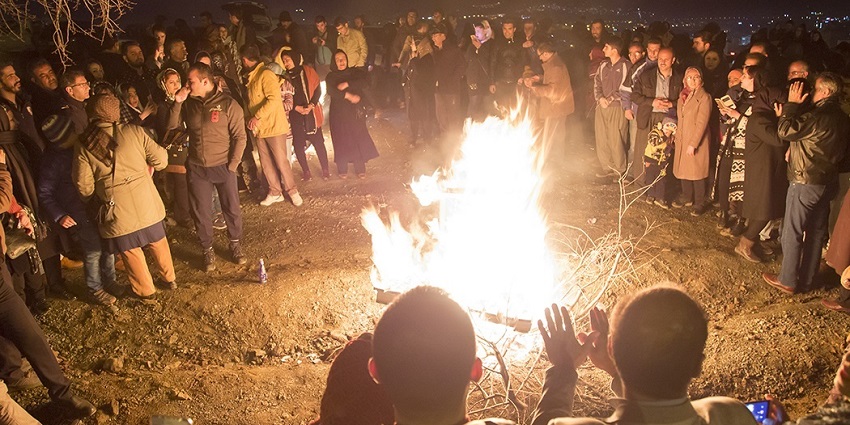
Photo: Bakhtiar Samadi / Wikimedia Commons / Image For Representation Only
Chaharshanbe Soori is a traditional Persian festival celebrated on the eve of the last Wednesday before Nowruz. Rooted in ancient customs, it marks the victory of light over darkness and good over evil. Counted among the most vibrant traditional festivals in Iran, people gather around bonfires, jumping over the flames while enjoying traditional music, dancing, and delicious food. A unique part of the celebration is qāšoq-zani, where people bang pots and pans to chase away bad luck. It’s a lively, fire-centred event that brings communities together before the new year.
Location: Tehran, Shiraz
6. Golab Giri
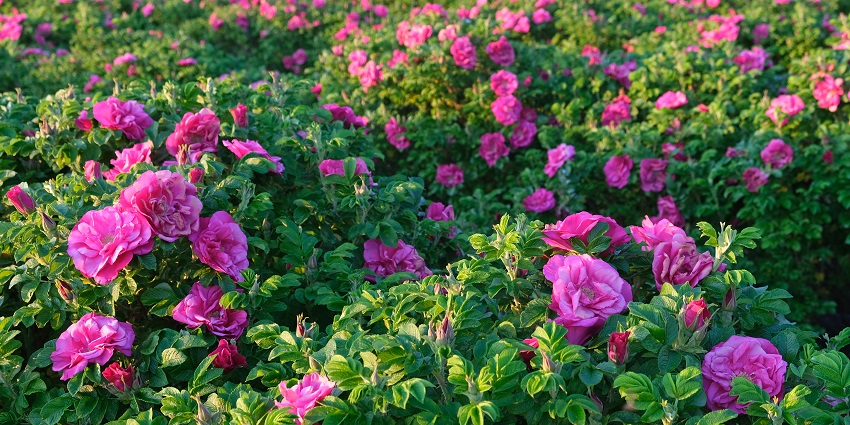
Photo: kallerna / Wikimedia Commons / Image For Representation Only
Golab Giri is a spring festival in Iran that celebrates the harvesting of Damask roses for rosewater. It’s especially popular in the Kashan region, where the fields bloom in vibrant colours and fill the air with a sweet floral scent. Visitors can watch the traditional rosewater extraction process, buy fresh bouquets, and take home bottled rosewater. This natural extract is often sprinkled on food, adding a rich aroma and flavour. The month-long event attracts both locals and tourists every year.
Location: Kashan region, Niasar
7. Sepandarmazgan Celebration
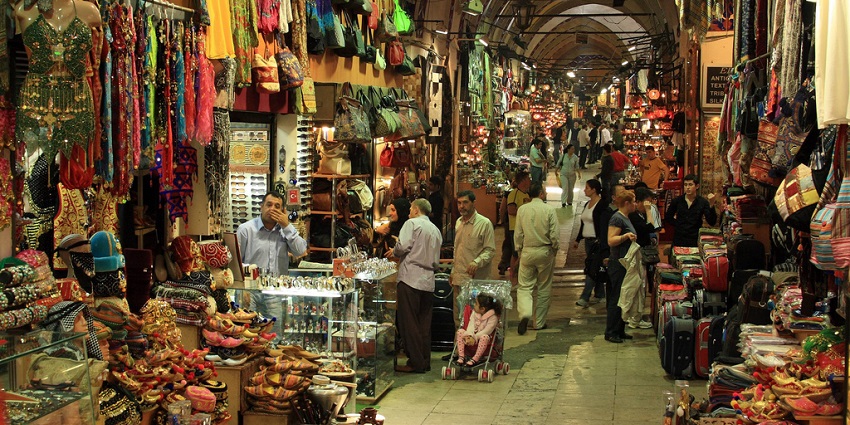
Photo: Dmgultekin / Wikimedia Commons / Image For Representation Only
Sepandarmazgan is known as the Persian Day of Love, celebrated to honour love, women, and the earth. Rooted in Zoroastrian traditions, it’s held in honour of the female divinity Spenta Armaiti. Men often give gifts to the women in their lives, especially their partners. Streets come alive with local food stalls and cafés serving tasty Iranian dishes. Similar to Valentine’s Day, Sepandarmazgan is marked by joyful gatherings, especially in places with strong Zoroastrian heritage and near famous monuments in Iran, attracting tourists keen to experience the vibrant atmosphere.
Location: Posht Kooh area, Ispahan, and Ray
8. Mehregan Festival
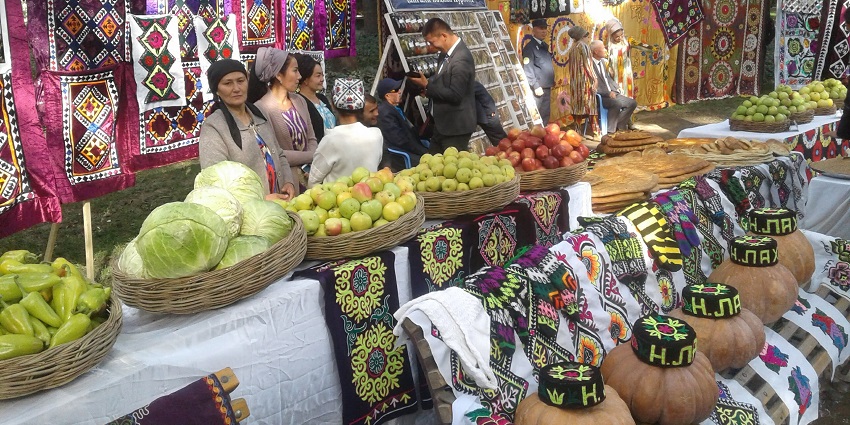
Photo: Шухрат Саъдиев / Wikimedia Commons / Image For Representation Only
Mehregan is a beautiful cultural festival in Iran, rooted in ancient traditions. Celebrated in the seventh month of the Zoroastrian calendar, it usually falls around the autumn equinox. The festival dates back to the Achaemenid Empire and is marked by joyful feasts featuring saffron dishes, honey, and wine, symbolising light and prosperity. Homes and tables are decorated with mirrors, coins, autumn leaves, and flowers, mostly in shades of purple and pink. Much like the vibrant atmosphere seen during modern music festivals in Iran, Mehregan celebrations are enriched with music, dance, and a warm community spirit that bring people together.
Location: Yazd, Kerman, Zoroastrian centres
9. Tirgan Festival

Photo: Шухрат Саъдиев / Wikimedia Commons / Image For Representation Only
Tirgan is a lively summer festival in Iran that celebrates the importance of water. Dating back to pre-Islamic times, it is rooted in Iranian mythology and honours Tishtrya, the divine figure said to bring rain and thunder. People take part in fun water-based activities like splashing, dancing, and wearing rainbow-coloured wristbands. It’s a joyful time to cool off, enjoy traditions, and soak up the festive spirit. Tirgan is one of Iran’s most colourful and refreshing cultural celebrations.
Location: Ardakan, Kerman, Farahan
10. Ramadan
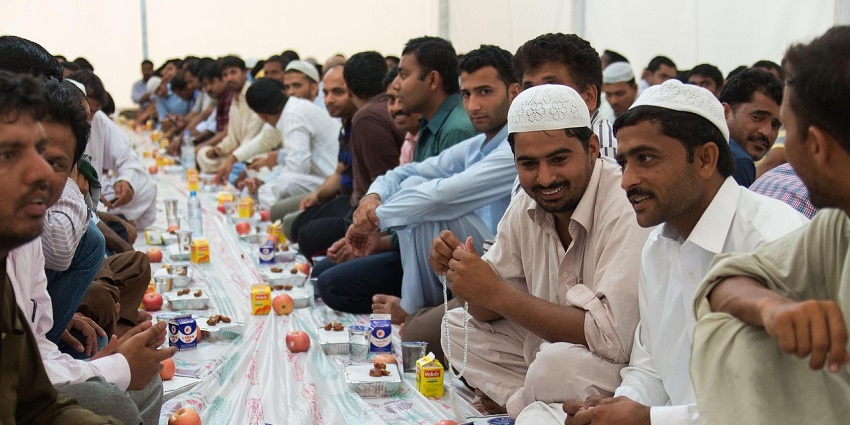
Photo: AhmadArdity / Pixabay / Image For Representation Only
Ramadan, the ninth month of the Islamic calendar, is a time for fasting and prayer. From dawn to dusk, Muslims fast, breaking it with the Iftar meal shared among family and friends. Streets and mosques are beautifully decorated, and dishes like Halim, zereshk polo, and ash reshteh, along with basil seed drink, are prepared. Iranians also clean mosques in preparation. The nights leading up to Ramadan are spent reading the Quran. Eid al-Fitr marks the end, with visits to mosques and historical sites for a memorable Iftar experience.
Location: Mashhad
Iran’s festivals bring its rich Persian culture to life, offering a chance to enjoy local delicacies, explore vibrant neighbourhoods, and visit historic sites. These celebrations are the perfect way to experience the true essence of Iranian life. With TripXL as your trusted partner, you’ll create unforgettable memories while immersing yourself in the spirit of Iran’s festivals.
Cover Photo: Mostafameraji / Wikimedia Commons


 WhatsApp
WhatsApp
 Twitter
Twitter









